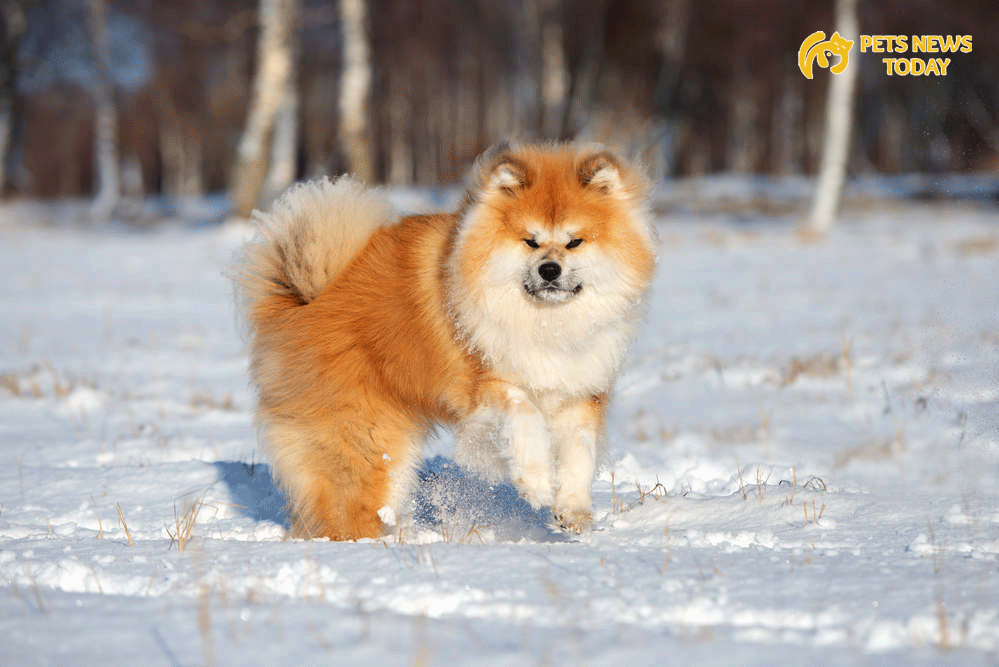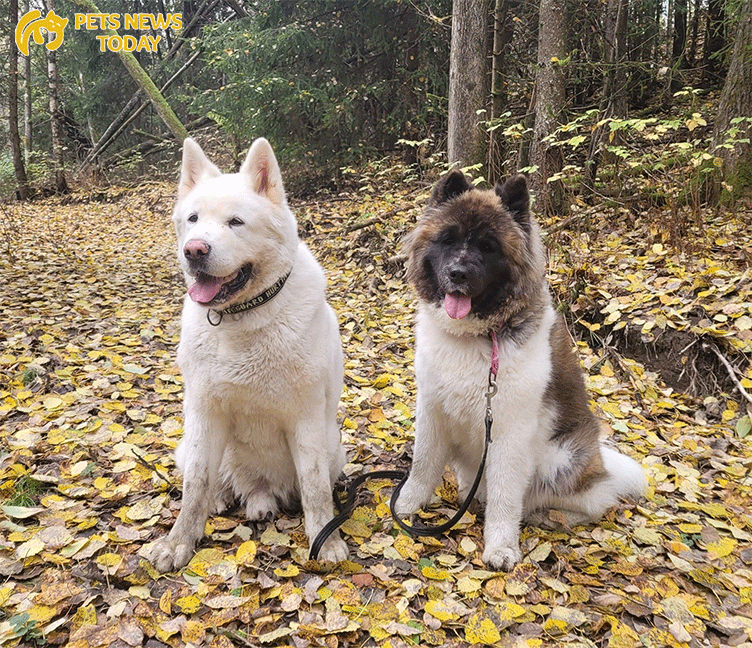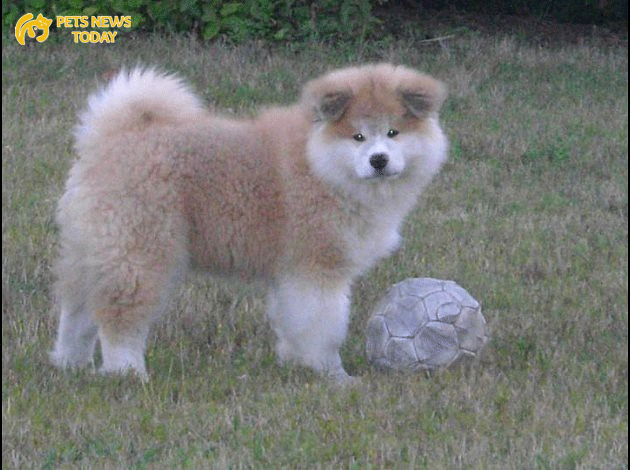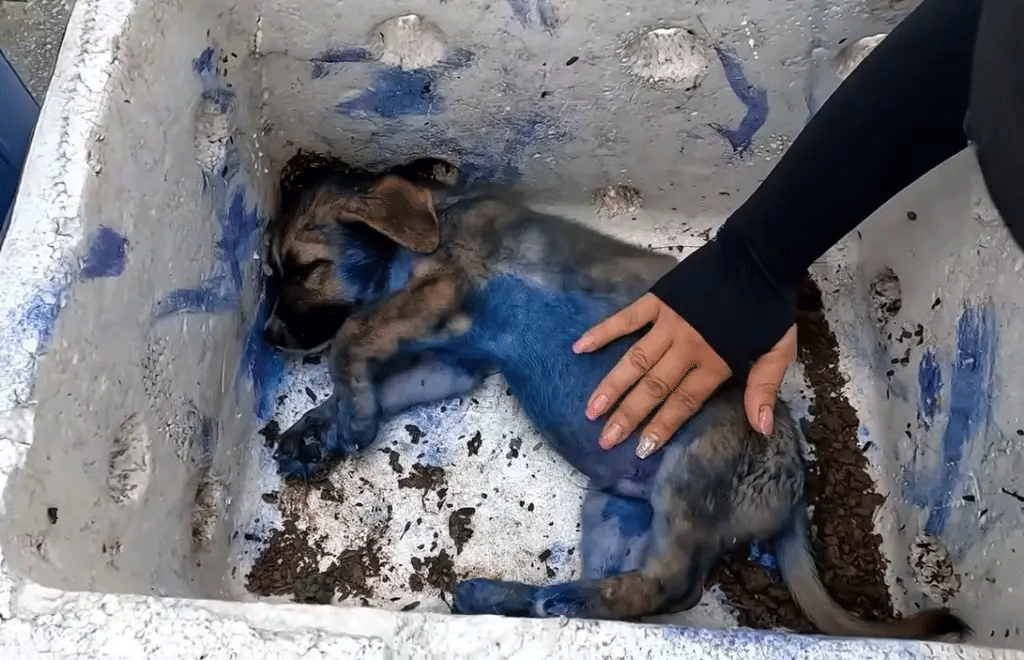Do you know everything about the long haired Japanese Akita dog breed?

The Akita is a large and powerful dog breed known for its dignified appearance, loyalty, and protective nature. Originating from Japan, Akitas have a rich history and cultural significance, making them one of the most revered breeds in the world. In this comprehensive guide, we will delve into the history, physical characteristics, personality traits, grooming needs, health, and other important aspects of the Akita breed.
History and Origin About The Long Haired Japanese Akita

- Ancient Roots: The Akita breed has its origins in the mountainous regions of northern Japan, where they were initially bred for hunting large game such as bear, boar, and deer.
- Cultural Significance: Akitas hold a special place in Japanese culture, symbolizing protection, health, and good fortune. The breed is often associated with the story of Hachiko, the loyal Akita who waited for his deceased owner at a train station for nearly a decade.
- American Akita vs. Japanese Akita: There are two recognized variations of the breed: the Japanese Akita Inu and the American Akita. The Japanese Akita is closer to the breed’s original appearance, while the American Akita is larger and has a broader face.
Physical Characteristics
- Imposing Size: Akitas are large dogs, with males typically standing 25 to 28 inches tall and weighing between 100 and 130 pounds. Females are slightly smaller, standing 23 to 26 inches tall and weighing between 70 and 100 pounds.
- Muscular Build: Akitas have a sturdy, muscular build with a broad chest and strong limbs, making them capable of handling physically demanding tasks.
- Double Coat: Akitas have a dense, double coat that provides insulation against cold weather. The outer coat is harsh and straight, while the undercoat is soft and thick.
- Tail: Akitas have a distinctive curled tail that rests over their back, giving them an elegant and unique appearance.
- Varying Colors: The breed’s coat comes in various colors, including white, brindle, and pinto (a white coat with large patches of another color). Other acceptable colors include red and sesame.
Personality and Temperament

- Loyal and Protective: Long haired Japanese Akita are known for their unwavering loyalty and protectiveness towards their families. They are natural guard dogs and will defend their loved ones if they sense danger.
- Independent Thinkers: Akitas have a strong sense of independence and can sometimes be stubborn. They require consistent training and socialization from a young age.
- Reserved with Strangers: While Akitas are loving and affectionate with their families, they can be reserved or aloof around strangers. Early socialization is crucial to help them develop friendly behaviors.
- Intelligent and Alert: Akitas are intelligent and quick learners. They are often observant and aware of their surroundings.
- Courageous and Confident: These dogs are known for their courage and confidence, qualities that have made them successful as hunting and guard dogs in the past.
Grooming and Care
- Regular Brushing: Due to their dense double coat, Akitas require regular brushing to remove loose hair and prevent matting. Weekly grooming is recommended, with daily brushing during shedding seasons.
- Bathing: Akitas should be bathed occasionally, about once every few months, to maintain coat health. Avoid excessive bathing, as it can strip the coat of its natural oils.
- Nail Care: Keep the nails trimmed regularly to prevent overgrowth, which can cause discomfort and affect their gait.
- Dental Hygiene: Like all breeds, Akitas benefit from regular teeth brushing to prevent dental issues and maintain overall health.
- Exercise Requirements: Akitas require regular exercise to stay healthy and happy. Daily walks, playtime, and mental stimulation are essential.
Health and Lifespan
- Lifespan: The average lifespan of an long haired Japanese Akita is between 10 and 15 years, although some individuals may live longer with proper care.
- Health Concerns: Akitas can be prone to certain health issues such as hip dysplasia, hypothyroidism, progressive retinal atrophy, and autoimmune diseases. Regular vet check-ups can help catch and address any potential problems early.
- Weight Management: Monitoring their diet and providing regular exercise helps prevent obesity, which can lead to other health issues.
- Allergies: Akitas can be prone to allergies, including food and environmental allergies. If you notice any signs of allergies, such as itching or digestive issues, consult your vet.
- Joint Health: Joint issues such as hip and elbow dysplasia can affect Akitas. Providing joint supplements and maintaining a healthy weight can help support joint health.
Training and Socialization

- Early Socialization: Early socialization is crucial for Akitas to become well-rounded and adaptable dogs. Exposing them to different people, animals, and environments helps them develop a calm demeanor.
- Obedience Training: Akitas are intelligent but can be stubborn. Positive reinforcement training methods work best to teach them basic commands and desired behaviors.
- Leash Training: Due to their size and strength, leash training is essential for controlling your Akita during walks.
- Consistent Training: Consistency and firmness are key when training an Akita. They may test boundaries, so it’s important to establish rules and stick to them.
- Mental Stimulation: In addition to physical exercise, Akitas benefit from mental stimulation through puzzle toys and interactive play.
Favorite Foods and Diet
- High-Quality Protein: Akitas thrive on a diet rich in high-quality protein sources such as chicken, beef, or fish.
- Balanced Nutrition: Provide a balanced diet that includes appropriate amounts of carbohydrates, fats, and essential nutrients.
- Feeding Schedule: Establish a consistent feeding schedule to maintain your Akita’s health and prevent overeating.
- Avoid Overfeeding: Akitas are prone to obesity, so monitor their food intake and avoid giving too many treats.
- Consult Your Vet: Always consult your vet for specific dietary recommendations based on your Akita’s age, weight, and health needs.
Conclusion
The Akita is a magnificent and noble breed known for its loyalty, strength, and protective nature. As a loving and devoted companion, Akitas bring joy and companionship to many families around the world. Understanding their specific needs in terms of grooming, training, socialization, and health care is essential for a fulfilling relationship with these remarkable dogs. Whether you’re already an Akita owner or considering bringing one into your home, these insights offer a comprehensive overview of the breed’s unique traits and qualities.



